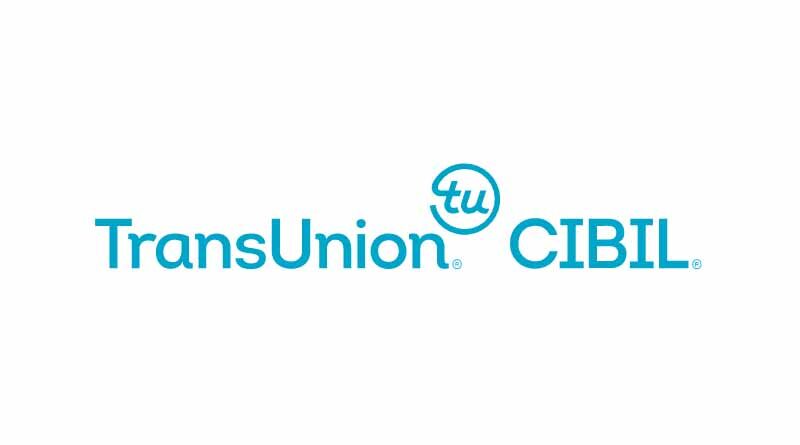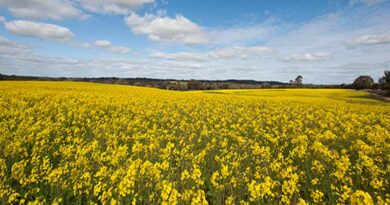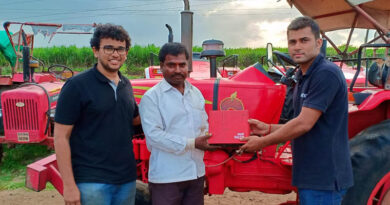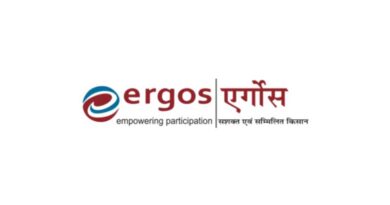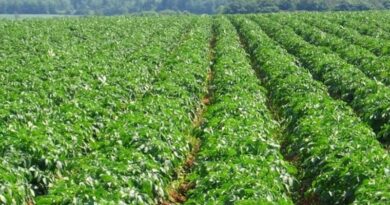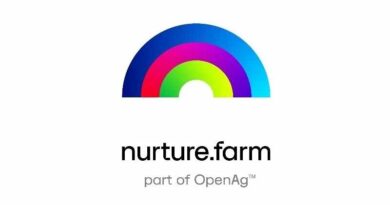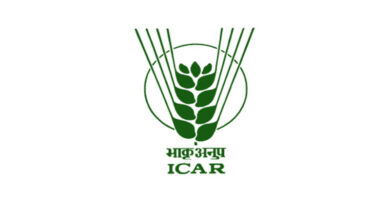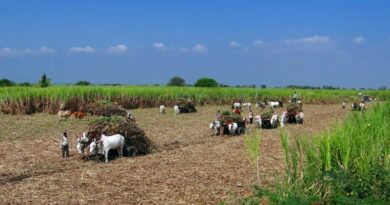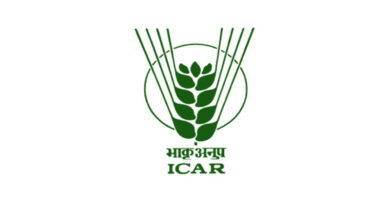TransUnion CIBIL and SatSure Launch CIBIL Credit and Farm Report (CCFR) to Expand Farmers’ Access to Credit
CCFR will enable credit inclusion of ~8.9 crore farmers who presently do not have access to formal credit
13 October 2022, Mumbai: TransUnion CIBIL, in collaboration with geo-spatial data analytics provider SatSure, has launched the CIBIL Credit and Farm Report (CCFR). This powerful solution will support lenders in improving the flow of credit to the agricultural sector using data oriented and digital credit assessment capabilities. The CCFR will lead to quicker and more astute decisions on agricultural lending, and will help drive speedier and efficient disbursement of credit to farmers, agricultural sector entrepreneurs, and businesses.
Agriculture is the largest component of India’s rural economy and access to credit in this segment is a significant growth driver for economic resurgence and financial inclusion. The country’s rural economy impacts ~55% of the country’s total workforce1 and contributes ~18.8% to its Gross Value Added (GVA)2. India’s agricultural credit portfolio stands at $192B, contributing 12.5% of gross bank credit3. Of this, 84% of credit comes from commercial banks4. However, insights show that only 39%1 of all Indian farmers borrow from formal sources, while ~63%1 of small and marginal farmers are unable to borrow from any formal source.
Agricultural credit reach and regional disparity (credit not in proportion to their share in agriculture output) are also cited as some of the key challenges in the Reserve Bank of India’s report by the working group on agricultural credit5. Other information challenges in agricultural lending include the lack of data on determinant credit parameters such as district-wise input cost for a crop, type of crops being grown, crop-wise sown area, the number/share of small and marginal farmers cultivating a crop, and data about allied activities being undertaken by small and marginal farmers.
The CCFR combines the power of credit information from TransUnion CIBIL and crop parameters based on geo-spatial data from SatSure to provide a holistic solution to lenders for making credit decisions on agricultural lending. It offers a digitally-powered and analytics-oriented ecosystem for agricultural financing and policy making, helping catalyze the rapid development of farming and agriculture across India. The CCFR can also help support regulators, policy institutions and stakeholders in India’s financial ecosystem with data analytics and insights for driving sustainable growth and financial inclusion in the agricultural sector.
Speaking on how the CCFR can help catalyze agricultural credit inclusion, the MD and CEO of TransUnion CIBIL, Mr. Rajesh Kumar, explained: “Of India’s 14.6 crore1 farmers, only 5.7 crore1 have accessed credit from the formal lending ecosystem. One of the key roadblocks for credit penetration in the agricultural sector is the unavailability of a single, holistic source of information for assessing credit risk and production risk. Now that the CCFR is making contemporary credit insights along with crop production and production risk parameters available, lenders will have a comprehensive view for astute agricultural credit risk management and policy implementation.”
Insights from TransUnion CIBIL also indicate that public sector banks hold over 70% of the agricultural credit portfolio while private banks (14%) and non-bank finance companies (NBFCs) (4%) hold comparatively very small portion – as seen in Chart 14. Non-availability of credible data through a single source could be a key challenge that these credit institutions may be facing while growing their agricultural lending portfolio.
Chart 1. Mapping India’s Agricultural Credit Landscape
| Number of farmer’s in India1 | 14.6 Cr |
| Number of live agricultural credit accounts4 | 7.4 Cr |
| Amount of agricultural credit disbursed in FY 2021- 224 | 7.6 Lakh Cr |
| Lender type based share of credit (%)4 | |
| Public Sector Banks | 70% |
| Private Banks | 14% |
| Non-Banking Financial Companies (NBFCs) | 4% |
| Others (including Regional Rural Banks, Cooperatives Banks etc.) | 12% |
| Average ticket size of agricultural loans in FY 2021-224 | INR 2.1 lakh |
| Amount of agricultural credit non-performing assets (NPA ) 4 | 16% |
| Top 3 states- Agricultural credit access (number of live credit accounts) 4 | Tamil Nadu,Uttar Pradesh, Andhra Pradesh |
| Gross Cropped Area1 | 197 million hectares |
| Gross Irrigated Area1 | 103 million hectares |
| Non-irrigated area1 | 94 million hectares |
| Top yielding crops in India1 | Paddy, wheat, maize and coarse cereals |
“The CCFR provides parameterized credit details along with information about farm details and crop performance, ownership details, and other important regional metrics in a scientific manner derived from geo-spatial, remote sensing data along with government published APIs. The nuanced information in the CCFR offers credit institutions a one-stop view of borrowers and furthers the digitization of agri- loans to aid in quick disbursals, lowering appraisal costs, and increasing the user base,” concluded Mr. Prateep Basu, founder and CEO of SatSure.
Also Read: Indian farmers are using less agrochemicals shows data for FY2021-22
(For Latest Agriculture News & Updates, follow Krishak Jagat on Google News)

